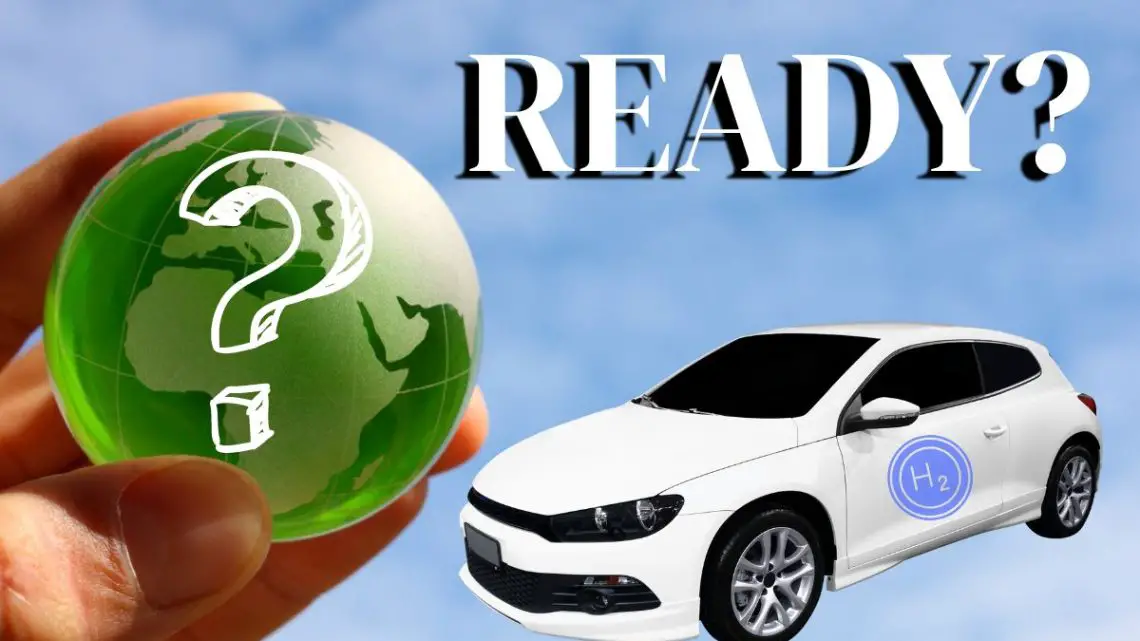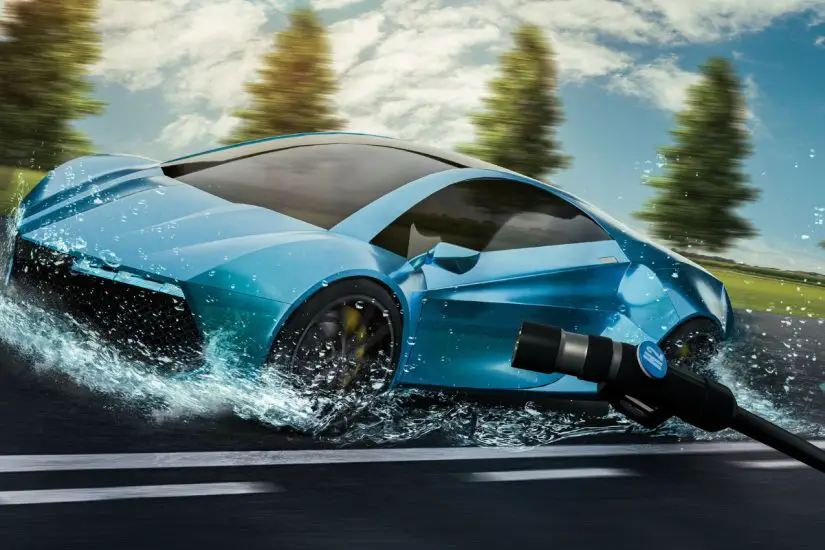
Hydrogen cars are promising, but is the world ready for them?
August 25, 2022The tech for fuel cell vehicles is here, but huge barriers like refueling infrastructures remain.
Hydrogen cars have been of particular interest to governments, companies and individuals alike, particularly as the climate and pandemic crises intersected, forcing transitions toward zero-emission technologies in personal transportation.
Even as battery electric passenger vehicles take off, those powered by H2 see limited growth.
Despite the benefits hydrogen cars have over battery electrics, they have not taken off at nearly the same rate. It takes about the same amount of time to refuel an H2 tank as a conventional gas tank. Battery electric vehicles (EVs) typically need as much as several hours to fully recharge. Moreover, beyond the speed of filling, H2 vehicles also usually have a better range than those running on batteries, meaning that refueling isn’t required as often.
Still, while EV owners can recharge at home and at a rapidly growing network of recharging stations across many regions of North America, Europe and countries throughout the rest of the world, H2 refilling stations are few and far between and aren’t connected to residential grids. With the fueling infrastructure continuing to be in its infancy, these vehicles are being held back from being a practical option for most motorists.

Even with all the buzz and advancements in hydrogen cars, they remain impractical right now.
Though some major automakers – such as Toyota and Hyundai – continue to direct massive investments and resources toward hydrogen fuel cell cars, far more have focused on battery electrics. That said, a large and growing number have focused their attention on fuel cells for shipping vehicles such as long-haul trucks as well as heavy duty equipment.
Though H2 is believed to have the potential to play as substantial role in the decarbonization of road transportation, all the hype, buzz, and headlines have yet to produce much in terms of meaningful sales. Though this doesn’t necessarily mean that they won’t take off, there is a great deal that will need to be overcome before it happens.
Even countries with substantial plans for H2 are struggling to get hydrogen cars to take off.
Canada, for instance, has released The Hydrogen Strategy in which it intends to use low- and zero-carbon forms of H2 as a major component of its commitment to achieve a carbon net-zero target by 2050. By that point, the country expects to see about five million hydrogen cars on its streets, among other zero-emission vehicles.
“I am not sure Canada has believed in the opportunity we have — yet,” said HTEC chief executive and founder Colin Armstrong, a company producing H2 and building refueling stations in the Canadian province of British Columbia, in addition to a semi-mobile unit in Quebec City, the capital city of the province of Quebec. Armstrong has worked in the H2 sector for thirty years and firmly believes that it will become a key fuel in the decarbonization efforts of both Canada and the world.
HTEC has also been turning its gaze toward California, a region of the world in which hydrogen cars have proven the most successful, with 14,000 fuel cell passenger vehicles already on its roads (compared to Canada, where there are only about 200 in the entire country). Los Angeles alone already features 56 public H2 refueling stations. Moreover, a government commitment is in place for $115 million in new funding to bring the number of stations to 200 by 2025.
While hydrogen cars have seen exceptionally slow uptake until now, it is that type of investment and forward movement in infrastructure establishment that will play a critical role in making fuel cell vehicles commonplace on roads in the near future.



 HFN News is your leading source for fresh hydrogen and renewable energy updates. Amid the fast-paced growth of hydrogen companies, we provide top-notch news and insights about this exciting sector. Our coverage spans from hydrogen cars to global sustainable initiatives, and we highlight the latest in green jobs and developing hydrogen hubs. We invite you to share your local hydrogen news and explore today’s renewable energy job listings on our site. Thanks for choosing HFN News as your trusted guide to the hydrogen and renewable energy world!
HFN News is your leading source for fresh hydrogen and renewable energy updates. Amid the fast-paced growth of hydrogen companies, we provide top-notch news and insights about this exciting sector. Our coverage spans from hydrogen cars to global sustainable initiatives, and we highlight the latest in green jobs and developing hydrogen hubs. We invite you to share your local hydrogen news and explore today’s renewable energy job listings on our site. Thanks for choosing HFN News as your trusted guide to the hydrogen and renewable energy world!